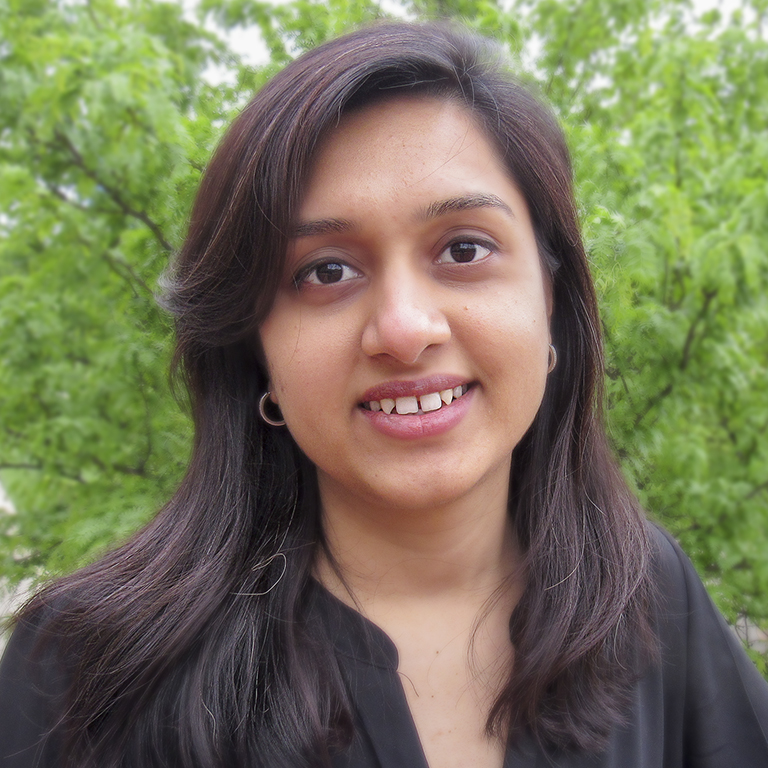Why did you choose graduate school at IUPUI?
My Master’s thesis was based on sickle cell anemia, and that project got me really interested in the field of hematology. So, when I started applying for graduate schools for my PhD, I was looking out for universities with a strong hematology department. IU School of Medicine’s reputable hematology department with its strong faculty base was the main reason I chose IUPUI.
What has been your favorite academic accomplishment since you’ve been here?
There are several academic accomplishments which made me feel that hard work definitely pays off. If I had to pick, my favorite accomplishment so far was my oral presentation at the American Society of Hematology (ASH). This hematology conference is attended by 20,000+ researchers. Presenting my work to experienced and respected peers made me believe in the possibility that any goal is achievable. ASH also has a reputable journal, ‘Blood Advances’ where my very first, 1st author paper was published. Other achievements which gave me a sense of accomplishment include receiving the Merilyn Hester Scholarship, as well as several travel fellowships provided by IU.
What do you enjoy most about life in Indianapolis?
Indianapolis is a beautiful city and I love living so close to downtown. It gives me the opportunity to visit different restaurants and try different cuisines. Besides the food, Indianapolis hosts several concerts, comedians and Broadway shows which I enjoy. Going to Murat Theater for ‘The Lion King’ and seeing Trevor Noah live are among the highlights of my time in Indianapolis so far, and I look forward to many more
Please provide some details about your work/research as a graduate student and/or any activities you are involved in.
Hematopoietic stem cells (HSC; cells that form all mature blood cells) reside with other cell types in a specialized microenvironment known as the hematopoietic niche. The participating cells within the niche work together to maintain and regulate hematopoiesis. My graduate work in Dr. Edward Srour’s laboratory is based on one such cell type within the HSC niche called an osteomac (protective immune cell). Our previous published work demonstrates how osteomacs interact with osteoblasts (bone forming cells) and megakaryocytes (cells that help wounds clot) to enhance HSC function. Currently, we are attempting to determine the mediators through which these osteomacs enhance hematopoiesis. These mediators could potentially be useful in making bone marrow transplantations more efficient. My graduate work has given me the opportunity to learn several cutting edge techniques such as single cell mRNA sequencing, single cell CyTOF and 3D tissue cytometry. In fact, our lab has taken on the mammoth task of identifying the spatial location of these osteomacs, osteoblasts and megakaryocytes relative to HSC in the unperturbed bone marrow niche using 3D technology. Thanks to Dr. Srour, I have also been given the opportunity to collaborate with several researchers in IU which resulted in multiple peer-reviewed publications.
Outside the lab, I have been a past member of the student diversity advisory board at IUPUI. As an international student, I got to learn a lot about different cultures through the events organized by the department of diversity affairs at IUPUI. I also actively volunteer for IBMG campus visits as well as IUPUI international orientations.


